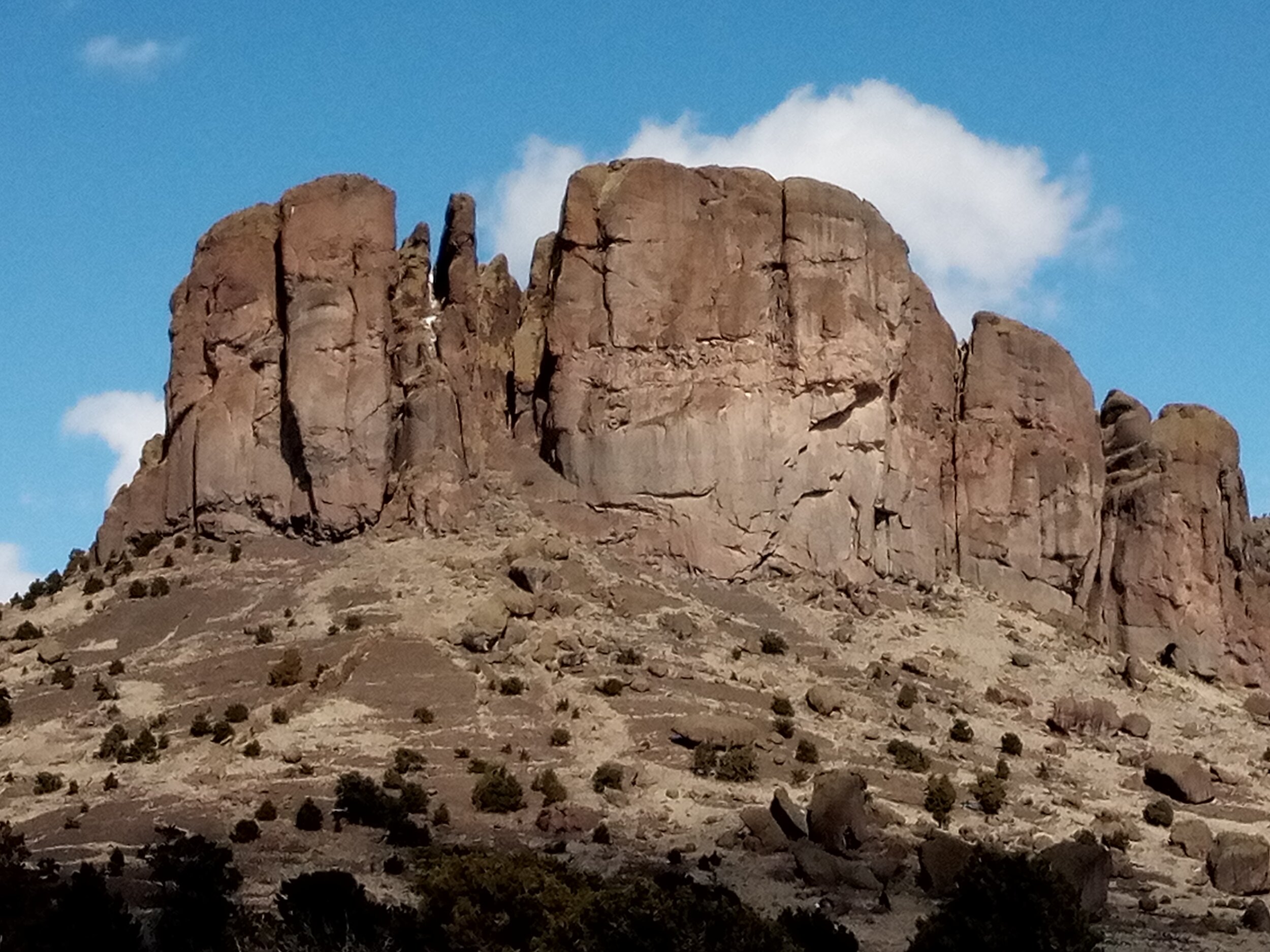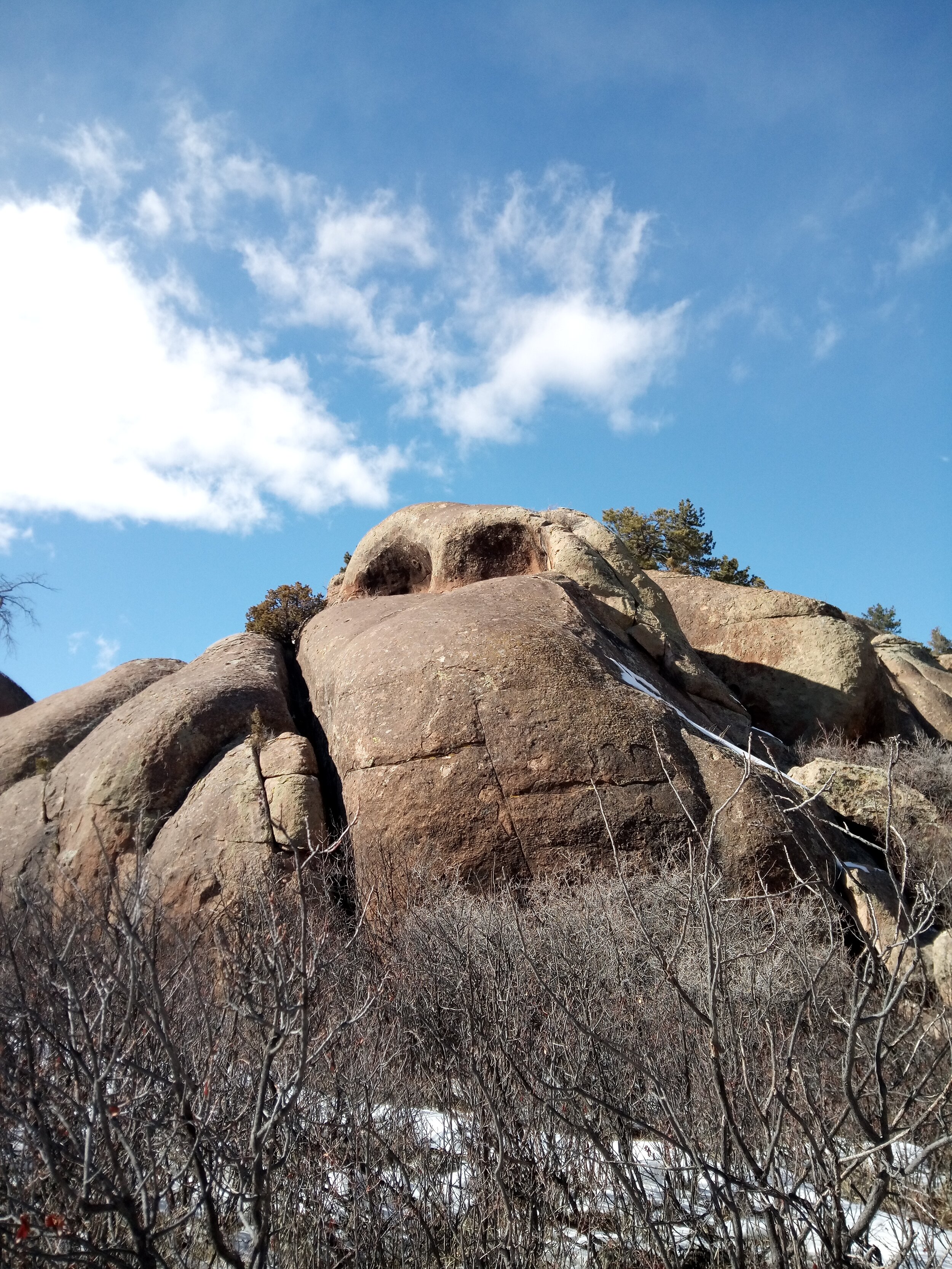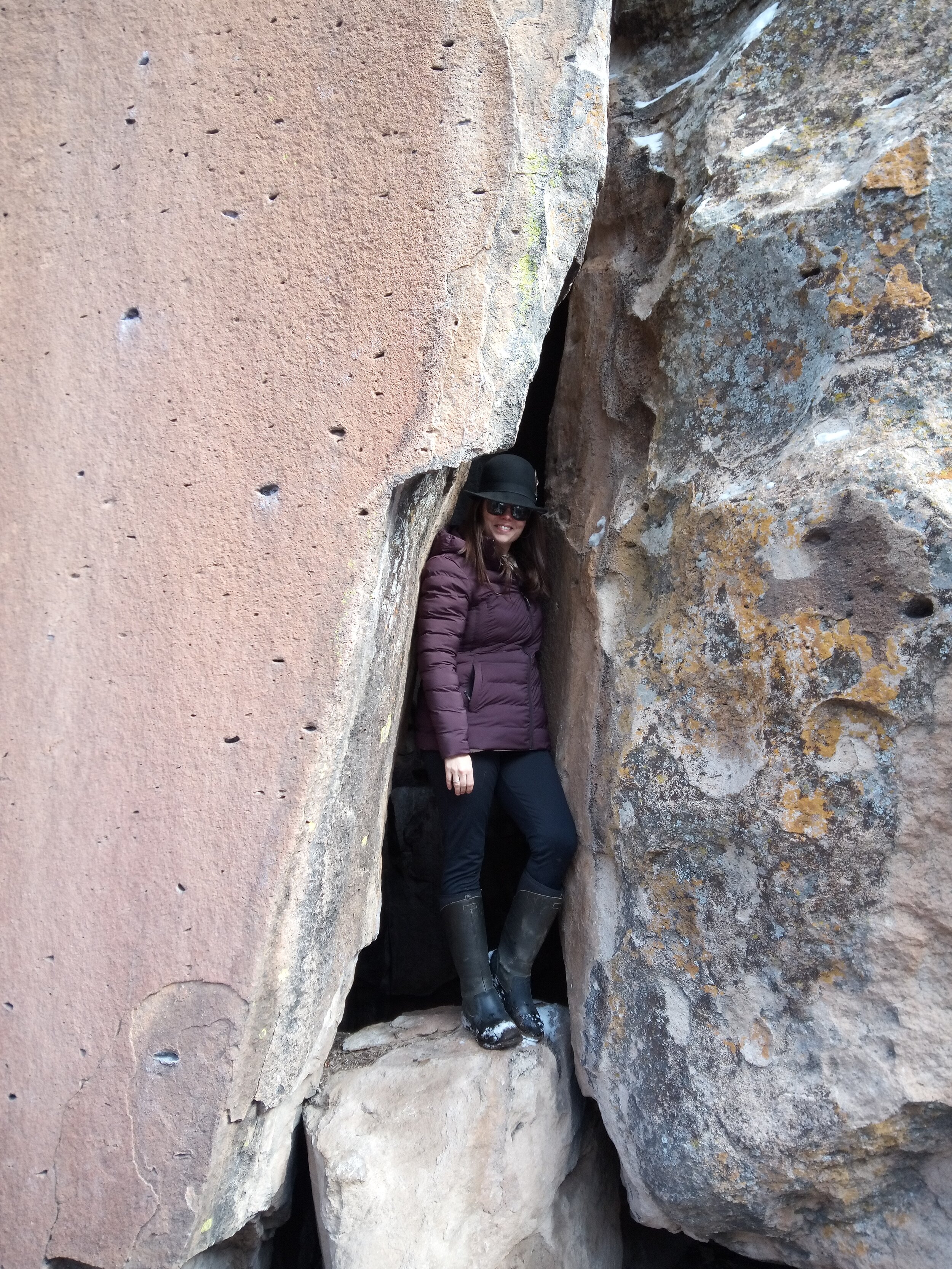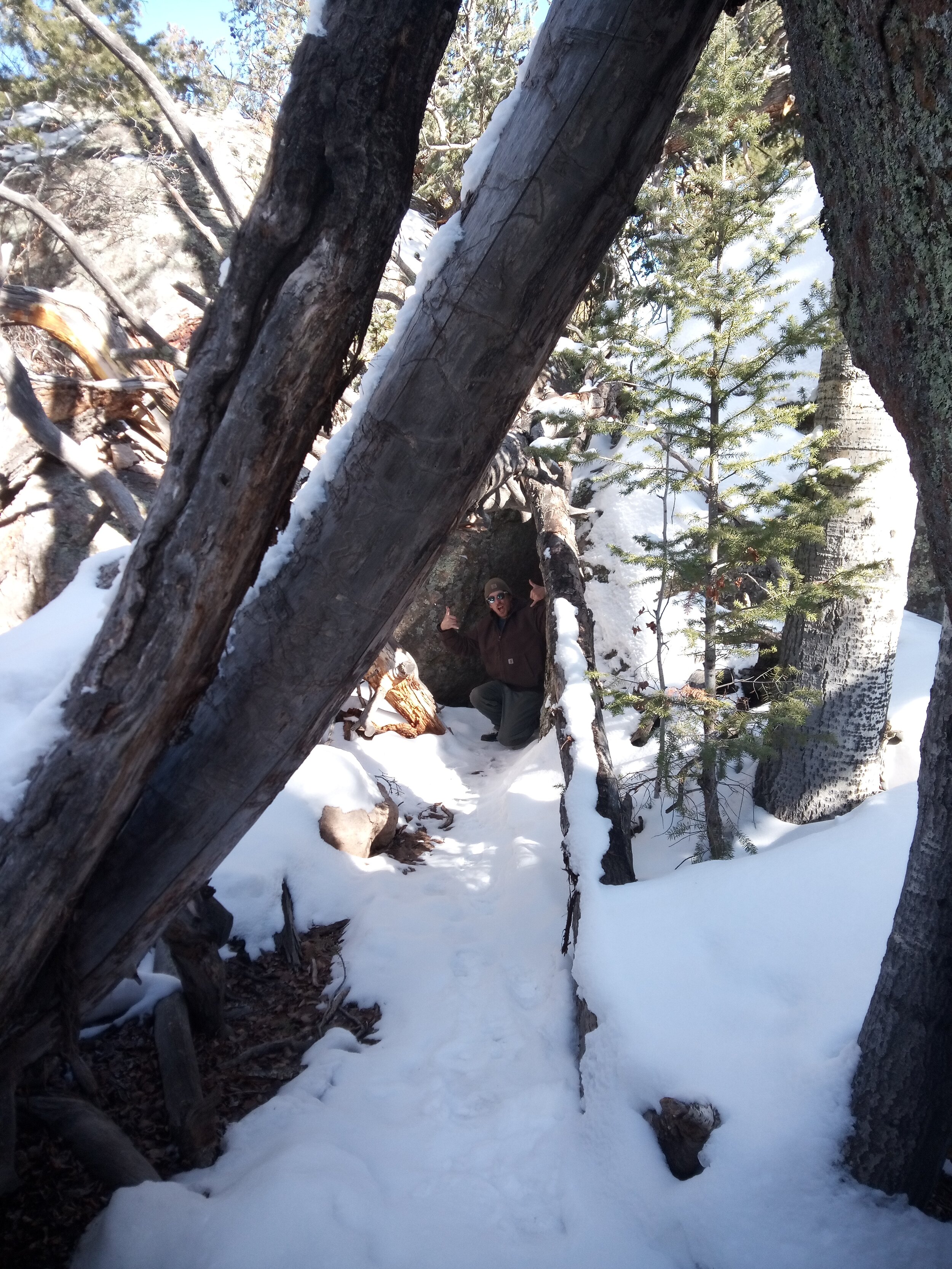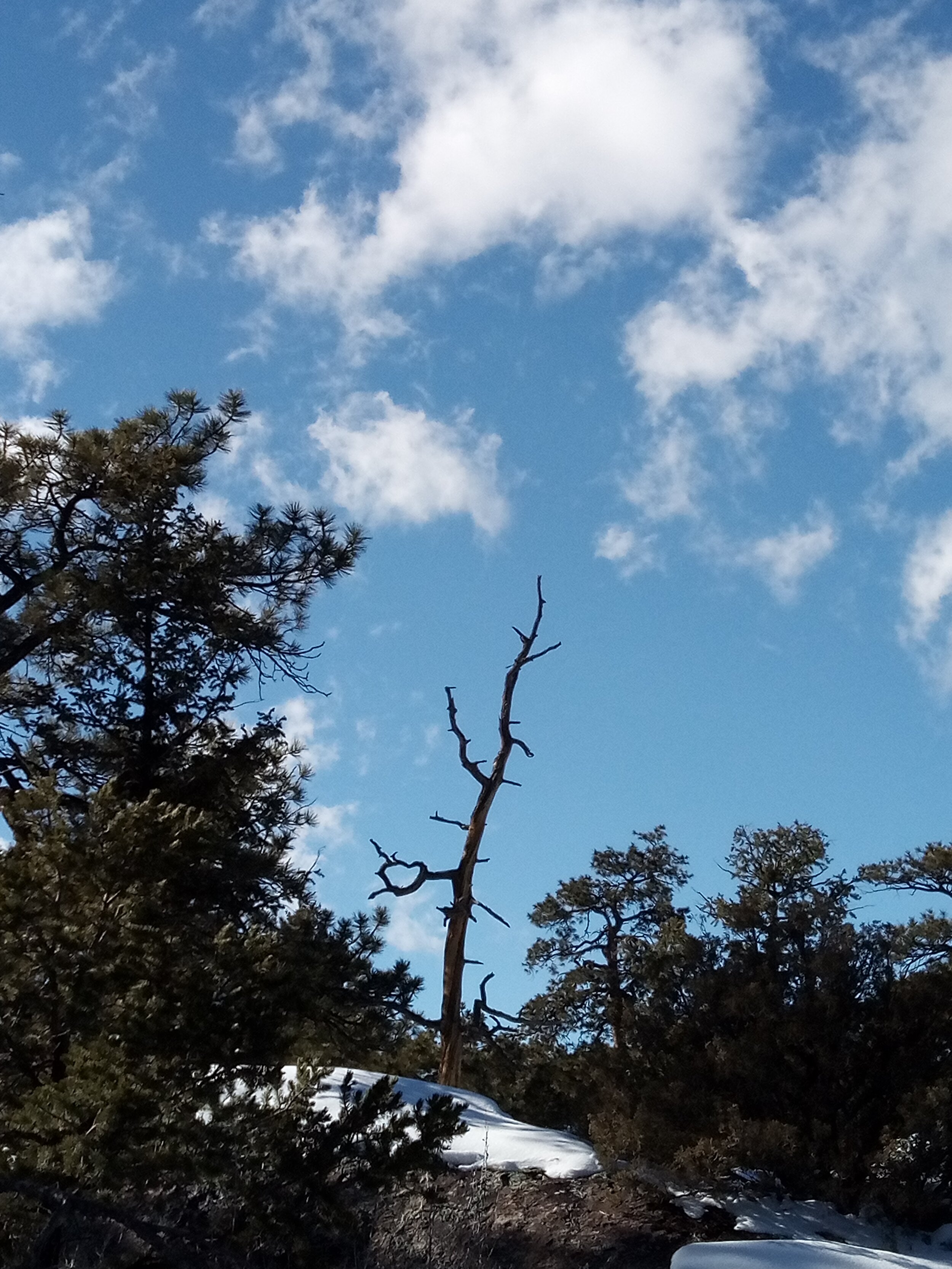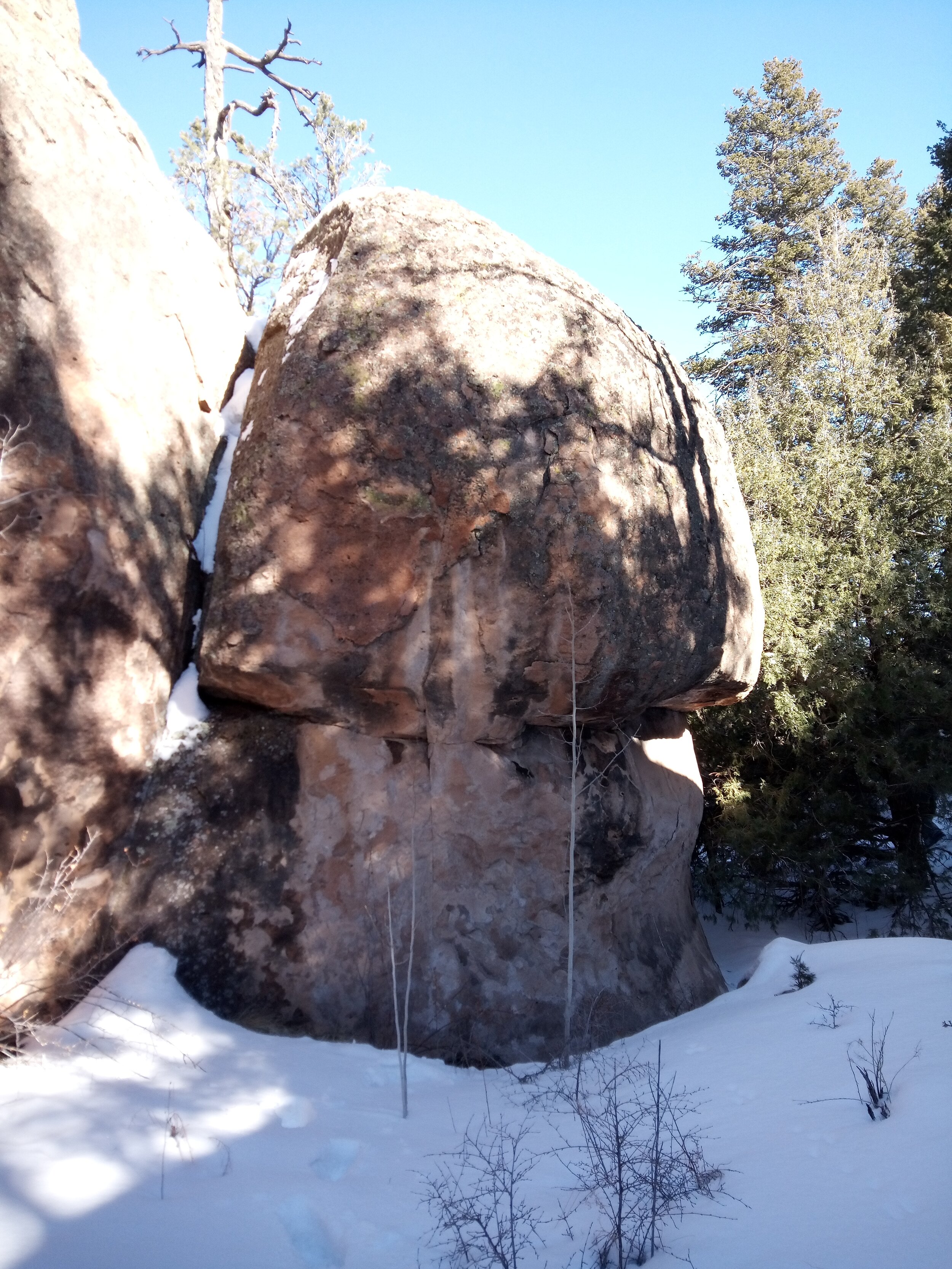Penitente Canyon, Pictographs & Virgin Wall. Mother Mary, Our Lady of Guadalupe.
This week we ventured in the valley looking for potential retreat locations and was blessed with the Penitente Canyon’s vast spiritual and natural energy.
Madonna of Penitente Canyon
Relish the American Indian and Spanish history in the area. The canyon got its name from Los Hermanos Penitentes, a Spanish religious sect that favored Pentinente Canyon for its solitude in the 1880s. When you visit to capture a bit of your own solace and spirituality, don’t miss the Virgin of Guadalupe painted high on a canyon wall and the ruts of ox carts that remain from the days when the Old Spanish Trail traversed the area.
IN THE MID-1980S, IN AN act of equal parts devotion and audacity, three local Hispanic men belonging to a Catholic sect known as Los Hermanos Penitente (the Penitente Brotherhood) painted a mural of the Virgin of Guadalupe high up on the walls of Penitente Canyon.
Formerly called Capulin Canyon after the wild cherry bushes that are abundant in the area, the canyon gets its current name from the mysterious religious group that took refuge in these remote hills starting in the early 1900s. According to the local legend, the Hermanos Penitente behind the mural used three lariats tied together and an old car tire to suspend themselves and their paints from the canyon wall. They used cans of house paint in a pallet of red, blue, black, and white to portray the Virgin of Guadalupe (also called Our Lady of Guadalupe), who represents the Virgin Mary as she appeared in a vision to a Catholic saint. Above the mural, the men wrote what’s believed to be the words “Consuelo y Espiritu,” or “Comfort and Courage,” and they signed their names below. The rock face is now known as “Virgin Wall.”
Pictographs and Paintings
Long before the Penitente Brotherhood, the canyon was home to American Indian tribes (likely Apache, Ute, or Navajo), as evidenced by pictographs found on the rocks depicting game drives with “nets” across the mouth of the canyon to trap animals. Today, the area is a haven for rock climbers drawn by the steep canyon walls.
Note the interesting geology of the area: about 33 million years ago during a period of explosive volcanic activity, large amounts of volcanic debris and ash were ejected into the air. Heat and pressure formed the ash into very hard rock, and millions of years worth of erosion deteriorated the softer material, leaving behind what we see today

